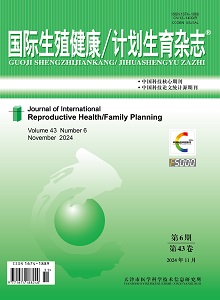Objective: To investigate the risk factors of adverse pregnancy outcomes in patients with undifferentiated connective tissue disease (UCTD), and to construct a nomogram prediction model. Methods: 108 pregnant women with UCTD who were treated in the obstetrics department of the Second Affiliated Hospital of Kunming Medical University from May 2020 to May 2023 were selected. All patients were divided into the poor outcome group (n=44) and the good outcome group (n=64), and multivariate Logistic regression was used to analysis risk factors. A nomogram prediction model was then developed. Results: The body mass index (BMI), thrombin time (TT), IgA levels, and the proportions of in vitro fertilization, elevated urinary protein, and preeclampsia in the poor outcome group of UCTD patients were all higher than those in the good outcome group, while the proportion of patients using prednisone and the level of albumin were lower than those in the good outcome group, with statistical significance (all P<0.05). Logistic regression analysis showed that preeclampsia (OR=8.361, 95%CI: 1.331-52.527, P=0.024), increased BMI (OR=1.236, 95%CI: 1.011-1.510, P=0.039), increased TT (OR=1.889, 95%CI: 1.043-3.423, P=0.036), and increased IgA (OR=3.027, 95%CI: 1.099-8.340, P=0.032) are independent risk factors for poor pregnancy outcomes in UCTD patients, while increased albumin (OR=0.842, 95%CI: 0.700-0.971, P=0.021) is a protective factor. According to the predictive model, a high degree of discrimination was obtained with an area under the curve (AUC) of 0.853 (95%CI: 0.722-0.934). Conclusions: The nomogram model constructed in this study has good predictive accuracy and provides a clinically available prediction tool for the prevention of adverse pregnancy outcomes in patients with UCTD.

